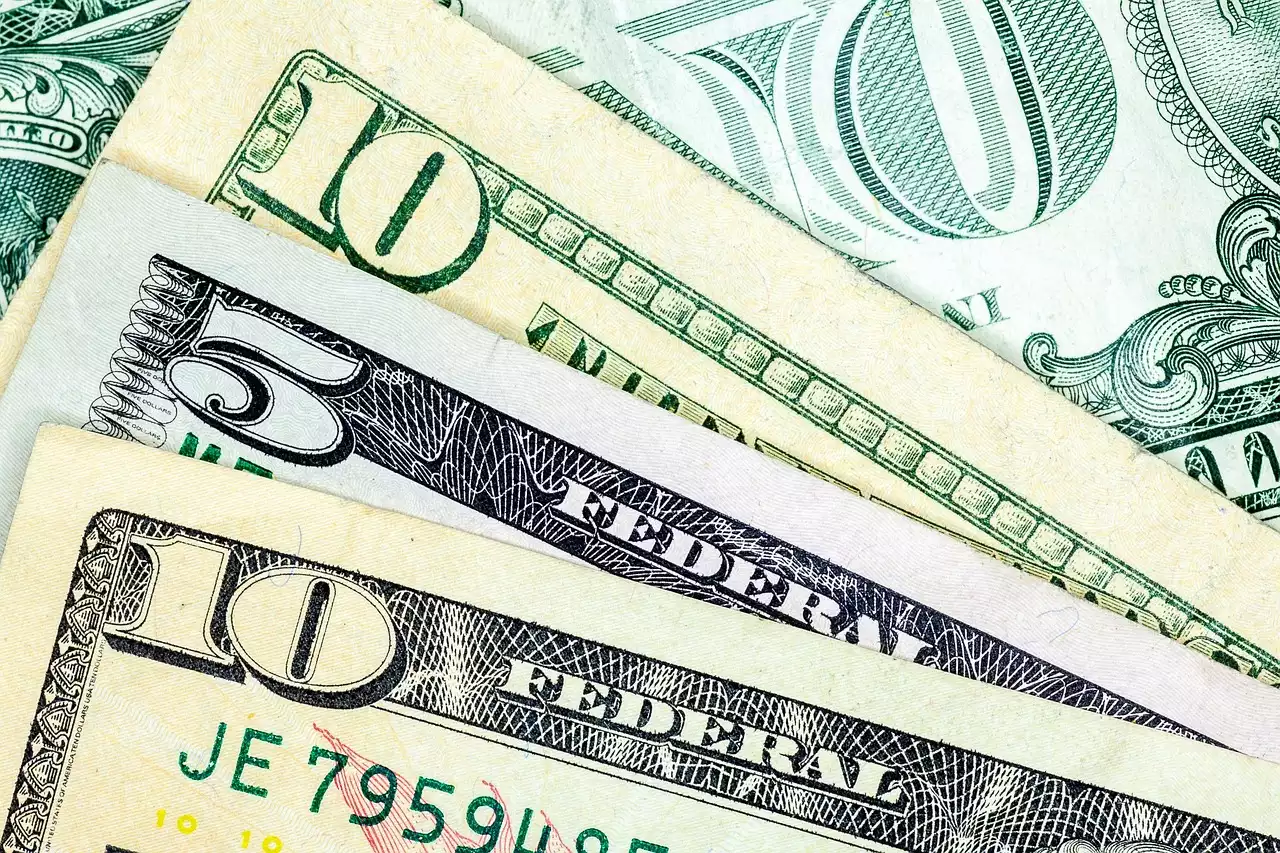Small Business Administration (SBA) loans are a great way for small businesses to finance their expansion or launch new ventures. SBA loans have favorable terms and conditions, including low-interest rates and flexible repayment schedules. The Small Business Administration has two loan programs that are designed to help small businesses thrive by financing their growth and development. These SBA loans have fixed interest rates, extended repayment terms, and other benefits:
7(a) Loan Program
The SBA’s 7(a) loan program is its flagship loan program. There are two types of 7(a) loans: This article focuses on the fixed-rate 7(a) Standard Program. The 7(a) Standard Program is a fixed-rate loan with a term of up to 10 years. Borrowers can choose to repay the loan monthly, quarterly, or semiannually. Unlike many other types of loans, 7(a) loans do not have a prepayment penalty. 7(a) loans are ideal for businesses with a strong credit profile and a predictable cash flow.
Microloan Program
The SBA’s microloan program is a special fixed-rate loan designed to provide small but critical financing to underserved and underrepresented entrepreneurs. The maximum loan amount for the microloan program is $50,000, and the average microloan is about $13,000. Unlike 7(a) loans, microloans are designed for the nation’s smallest businesses. Microloan borrowers must meet certain eligibility requirements, including having a very low net worth. Most borrowers are nonprofit organizations, small businesses, and socially or economically disadvantaged individuals.
SBA loan benefits
The SBA offers many benefits to small business owners who receive loans through its loan programs. Some of these include:
- A fixed interest rate: Rather than paying a variable interest rate, SBA loan borrowers are charged a fixed rate.
- Long-term: The SBA offers loans with terms ranging from a few months to 10 years.
- Flexible repayment terms: The SBA offers several repayment terms for its loans, including monthly, quarterly, biannual, and semi-annual payments.
- A variety of loan types: The SBA offers a variety of loan types, including fixed-rate, hybrid, and variable-rate loans.
- No prepayment penalties: If a borrower repays the loan early, he or she does not incur additional charges or penalties.
When to use an SBA loan
SBA loans are ideal for businesses seeking long-term, fixed-rate loans with flexible repayment terms. Unlike many other types of loans, SBA loans don’t have prepayment penalties, so borrowers can repay the loan early without incurring extra charges.
- Strong cash flow: The SBA expects businesses to repay their loans within one year, so a business must have a strong cash flow to qualify for an SBA loan.
- Business viability: The SBA reviews each application to determine the viability of the business. If the business cannot repay the loan, the SBA will likely take action, including garnishing the borrower’s wages.
- Strong credit: The SBA looks at credit scores, histories, and other factors to determine eligibility for an SBA loan.
How to apply for an SBA loan
Before you apply for an SBA loan, you should make sure your business qualifies for one. The first step to applying for an SBA loan is to determine which loan type best suits your business. You can do this by reviewing the SBA’s loan program descriptions to determine which loan type best fits your needs.
- Once you select the loan type that best fits your business, you can begin the application process. You can start the application process online or fill out a paper application and send it to your lender.
- You’ll need to provide the following information to apply for an SBA loan: business name and address, loan amount, annual revenue, credit score, collateral, and more.
How to choose an SBA lender
The SBA offers loans through banks, credit unions, and other financial institutions. To select the lender most suitable for your business, you can review the SBA’s lender directory to find lenders in your area.
- Once you’ve selected a lender, you can contact them to discuss the application process and your loan options.
- When discussing your loan options with lenders, it’s important to remember that each lender can set their interest rates. This means that two lenders may offer you two very different loan terms.
Checklist: Before you get an SBA loan
Before you apply for an SBA loan, you should make sure your business is ready for a loan. Before you apply for an SBA loan, you should:
- Review your cash flow. A business must have a stable and sufficient cash flow to repay the loan.
- Review your credit history. Poor credit history can impact the interest rate you receive on the loan.
- Review your business’s viability. The SBA will review your business’s viability before approving your loan application.
- Prepare a loan application. You can find information about applying for an SBA loan at SBA.gov.
- Negotiate loan terms. Lenders set their interest rates and terms, so be prepared to negotiate.
Final words: Don't lose hope!
The SBA offers many loans to businesses of all shapes and sizes. However, it can be difficult to navigate the application process. If you’re struggling to navigate the application process, don’t lose hope. There are a lot of online communities and forums that can help you navigate the SBA loan application process.


 Investing in Small-cap Stocks
Investing in Small-cap Stocks
 What are the Three Main Types of Cryptocurrency Exchange?
What are the Three Main Types of Cryptocurrency Exchange?
 Effective Time Management : Prioritizing Tasks and Setting Goals
Effective Time Management : Prioritizing Tasks and Setting Goals Term loans for your Business
Term loans for your Business Taking a Microloans for Business
Taking a Microloans for Business Taking a Commercial Real Estate Loan
Taking a Commercial Real Estate Loan Should you take a Business line of credit?
Should you take a Business line of credit?